About Us
About Us
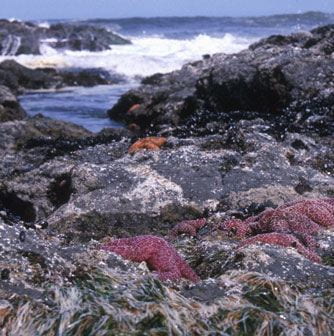
The challenge for scientists is no longer to document whether climate is affecting nature, but rather to forecast where, when, and how severe these impacts will be.
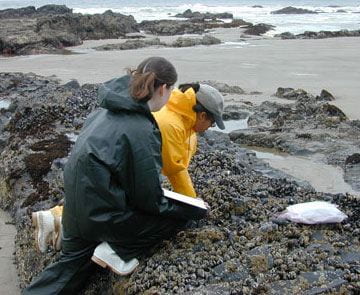
Forecasting these changes requires us to view the world from other organisms’ perspectives. One effective means of removing this “human bias” is through biophysic applications. These are engineering techniques used to examine how organisms interact with their physical environments and with each other.
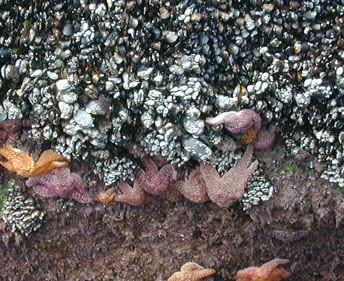
These applications help us understand, for example, how the body temperature of intertidal organisms can vary based on many climatic factors, including exposure time, wind speed, air temperature, and solar radiation.

Moreover, heat exchange between an organism and its environment can be affected by factors such as shape and color. Therefore, two organisms (eg. sea star and mussels shown in the left) exposed to exactly the same climatic conditions can have significant different body temperatures.
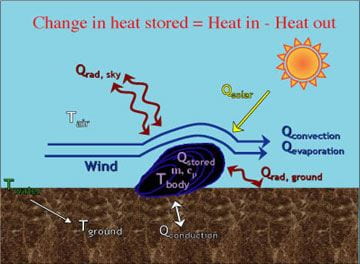
We use mathematical and physical models to incorporate all these factors to predict patterns of body temperature in key intertidal organisms around the world. With the use of global climate data from satellites and weather stations, our models with our expansive global database can help us predict globally, where trouble spots are most likely to emerge in the face of climate change.
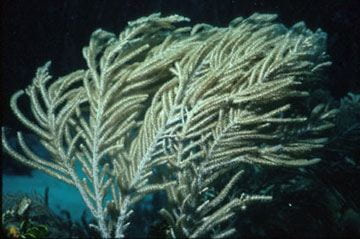
Our ultimate goal is to provide resource managers and policy makers with accurate information about the effects climate change on marine infrastructure planning. For example, where might be the best (or worst) place to build a Marine Protected Area or an oyster farm in 20 years?
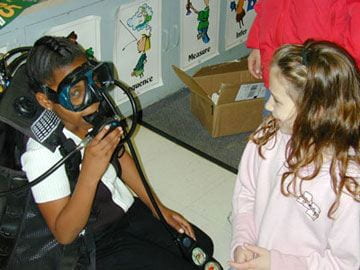
We also collaborate with local educators to translate our research into suitable materials for grad school students. We specificially address state and national science standards using what we learn in our experiments, and actively involve teachers in most aspects of our research.

